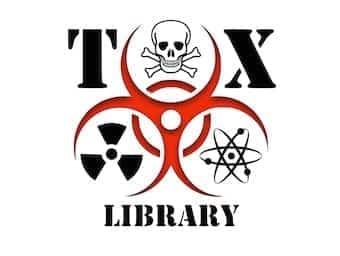
Blood Gas Interpretation
The blood gas is used to rapidly assess ventilatory function and identify acid-base disorders – and will also generally provide point-of-care testing of a number of values such as electrolytes, blood glucose and haemoglobin.

The blood gas is used to rapidly assess ventilatory function and identify acid-base disorders – and will also generally provide point-of-care testing of a number of values such as electrolytes, blood glucose and haemoglobin.

This is quick reference page to acid base disorders in toxicology and osmolar gaps. Zeff a toxicologist from Melbourne talks through his approach and the errors that can occur with osmolar and anion gaps.

A 5 year-old boy is 'off his face' after drinking what looked like a nice bottle of cordial. It was actually radiator coolant. You are called for advice.

Osmolar Gap: Osmolar gap = Osmolality (measured) - Osmolarity (calculated): NOTE: is a pragmatic clinical aid - the units are different (osmolality =mOsm/kg and osmolarity = mOsm/L) so it doesn't make mathematical sense!